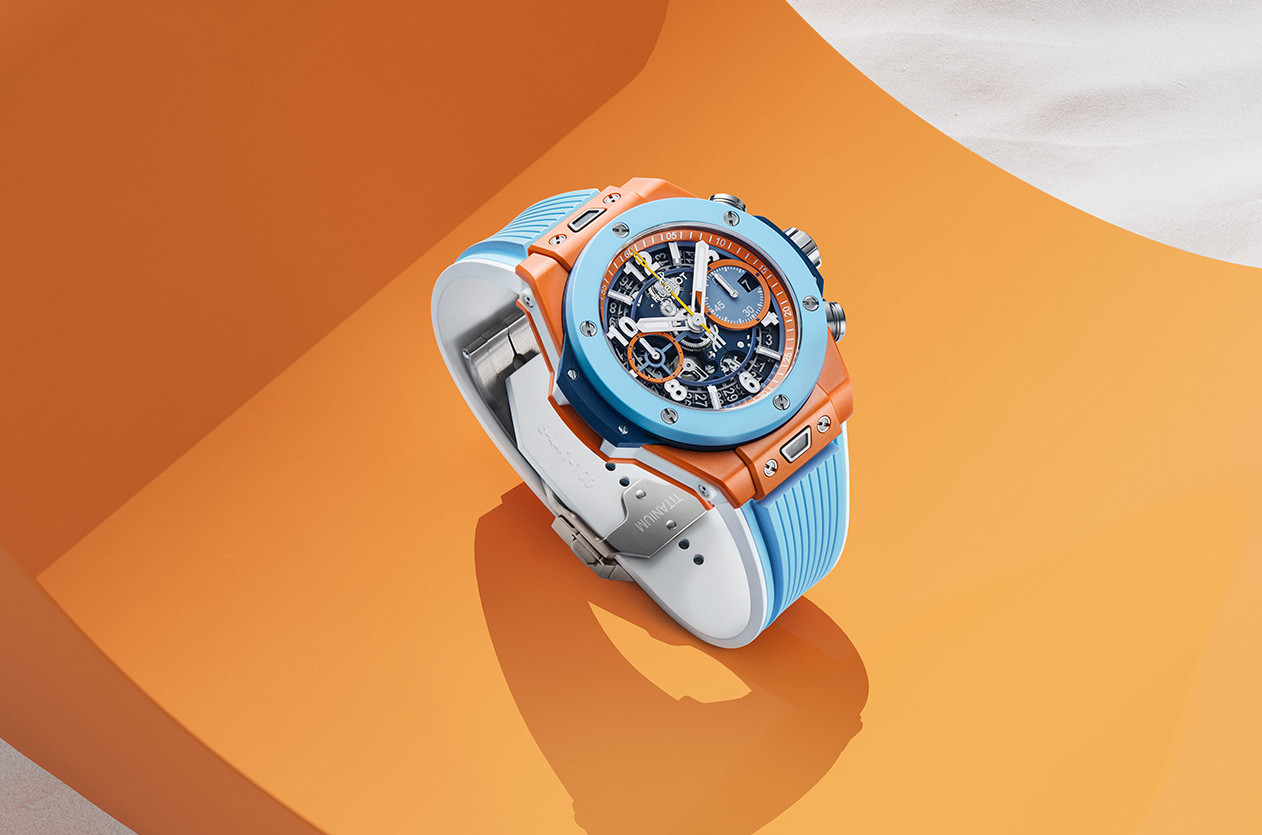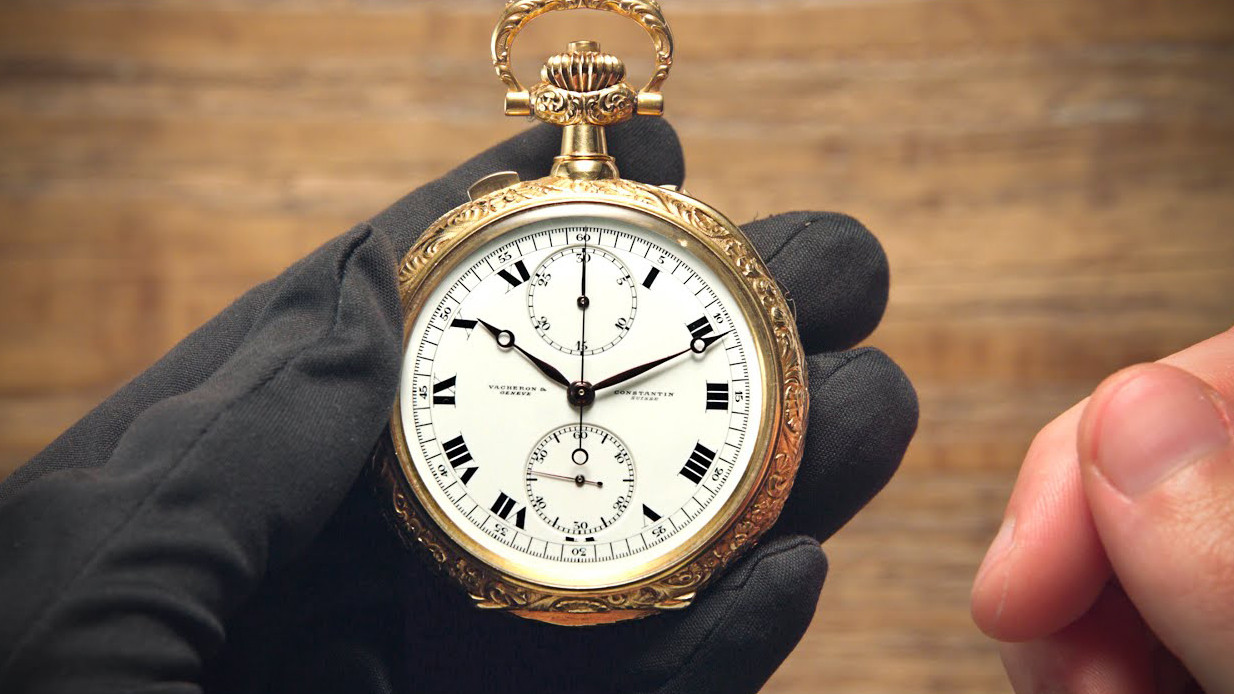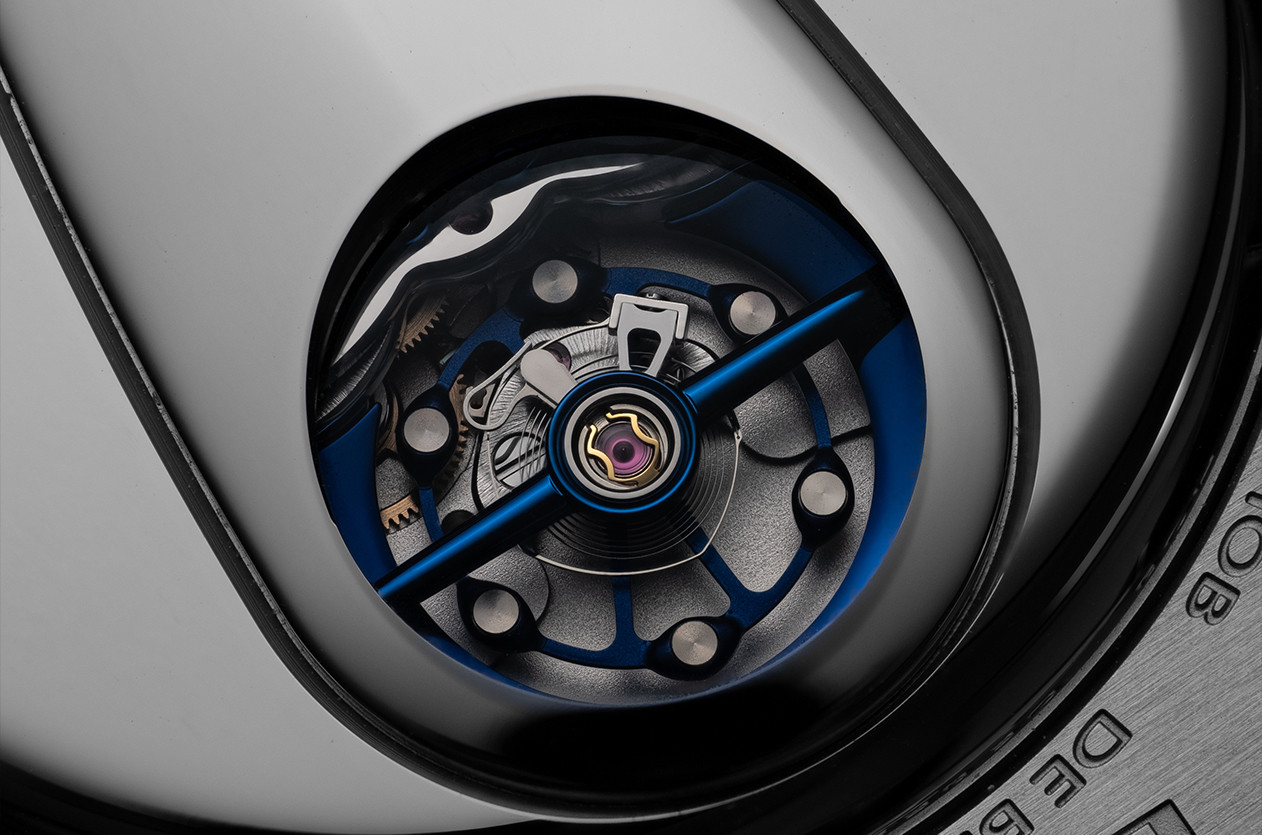
Introducing Hublot Unveils the Big Bang Unico Summer 2025
Welcome to the hub of the horoloy
Pocket watches are an integral part of the history of watchmaking, as they have spread and evolved over the ages. These watches are embodied in various shapes, sizes, and designs, which makes them an interesting resource in the world of watches.

In the past, pocket watches were treated as antiques, and were considered family heirlooms passed down from generation to generation due to their high value at that time, so that they were difficult to own by the general public.
Pocket watches have evolved greatly throughout history. At first, astronomical, water and sand clocks were used. These clocks were not accurate. The urgent need for portable watches to accurately determine the time led to the emergence of pocket watches, in the beginning it was based on the spring movement, a spring (spring), that was set manually to move the hands, but these watches were not practical. After that, a mechanical movement mechanism was developed that relies on moving gears and moving hands to accurately determine the time.
In its early days, these watches were worn around the neck with a sturdy chain. The first watch of this kind appeared in 1510 and its inventor was a locksmith from Germany called "Peter Henlein". This watch was heavy in weight, and was limited to craftsmen and nobles. Among the most famous figures that I made sure to use: The Duke of Modena, Albert T. Bar and Marchesi di Manta.
The first pocket watch, in 1675, fashion waistcoats were made by Charles II, and this innovation revolutionized the fashion industry at that time. At the same time, watchmakers were developing portable watches to fit in waistcoat pockets. Therefore, the shape of the portable watch has been modified to be a flat, circular ring that is lightweight and free of sharp outer edges, allowing it to be placed safely inside the vest. In the beginning, pocket watches did not have an outer cover for the face, and the gears and hands were visible and easily damaged. Therefore, it has been improved once again to provide a cover made of transparent gemstones and glass. This development protected the internal mechanism of the watch so that the time can be easily read.
Types of pocket watches
Pocket watches vary in shape, design, and capabilities, but they retain the original round shape. These watches have evolved throughout history to suit the changing tastes in each period of time, and have led to the emergence of four main types:
Open Face Pocket Watches: These watches are famous for having an open face that exposes the crystal, without a cover protecting it. However, they are not practical enough as they are easily broken or scratched.
Hunter Pocket Watches: These watches are distinguished by the presence of a separate metal cover that opens and closes by means of a small press from the top to display the time. Their designs vary to include the plain cover, ornate, engraved, and decorated with precious stones. It was a common practice to engrave the owner's initials on the case-back.
Modern pocket watches: These watches maintain the external appearance of traditional pocket watches, and enjoy a sophistication in their mechanical movement to adjust the time, and classic designs with a modern touch, in addition to modern features. Among the popular modern pocket watches are the exposed skeleton watches that show the mechanical movement inside, as well as the electronic pocket watches that have the dial function and date display.
Fob Watch (Portable Nurse Watch): The fob watch is a unique type of pocket watch, especially for women. It features a compact design that is easy to carry through its short strap, which comes in the form of a belt worn on one side, and is equipped with a clip to secure it to clothes. The fob watch was developed to be practical for women working in the field of nursing and examination, and is used in particular to measure the heartbeat.
Pocket watch movement mechanism, It matches the movement of wristwatches. In their early days, pocket watches relied on imprecise and random movements. With the passage of time, watchmakers have sought to improve the mechanisms of movements through the ages. Pocket watch movement mechanisms throughout history can be categorized as follows:
Movement by spring: It relies on a spring that stores energy and moves the hands, however, it was not accurate enough in measuring time.
Gear movement: Levers and wheels are used to convert the movement from one to the other, allowing the hands to move synchronously and accurately.
Quartz Movement: It adopts the use of quartz frequency which is generated by a battery. This frequency is used to precisely regulate the movement of the hands.
Mechanical Movement: A complex set of gears, levers, and springs are used to shift movement and move the hands with precision and smoothness.
Movements are constantly being developed and improved to achieve higher precision and improved performance for pocket watches.
Pocket watch accessories are varied and include the following items:
Chain: Used to hang the pocket watch in the pocket or carry it comfortably. Chains are available in different shapes and materials, such as metal chains and leather chains.
Front cover: protects the watch and gives it an aesthetic look. The front cover can be embossed and engraved with various patterns, and is available in materials such as stainless steel, silver, and gold.
Case: It is used to protect and store the pocket watch when not in use. The cases are available in different shapes and designs, and may be embellished with precious stones or embellishments.
With the passage of time, fashion trends have changed and pocket watch accessories have evolved and varied in designs and materials used in their manufacture. The differences are in the chains, front cover, and case, which reflect different styles and temporal trends. During the 17th century, pocket watch accessories were characterized by the long chains to which the watch was attached. However, these chains were impractical as they were attached to things during movement and took up a lot of space in the pocket. Therefore, a short watch strap was developed to make carrying the watch more comfortable and easy. In the 18th century, precious gemstones were used to adorn pocket watches. There was a use of precious jewels in the chains and designs that adorned the watches. In the 19th century, women were the most used pocket watches, and the lady was interested in coordinating the watch with the dress in terms of colors and patterns. Sometimes, she would put the watch in her own case. For the modern era, accessories have not changed much from before. It still relies on the chains that hold the watch in various shapes and materials. However, there is a change in the front cover, which has become more modern in terms of design, colors, and methods of opening and closing.

Introducing URWERK Unveils Its Latest Creation: The UR-150 Scorpion

Editorial De Bethune, Pioneering Innovation Through Time

Introducing Daniel Roth Unveils New Tourbillon Souscription

Auction F.P. Journe Wins the Battle for a Breguet Legend

Introducing The S3 Deadbeat Seconds Power Reserve from Garrick

Editorial U.S. Tariffs and the Dollar Rate, A New Challenge for the Swiss Watch Industry

News Dubai Watch Week 2025 Will Be the Largest Ever with 90 Brands Participating

Auction Phillips Achieves CHF 43.4 Million at the Geneva Watch Auction XXI

Technical The Frequency, Why It Matters in Mechanical Watches

Editorial Exploring the Distinctive Charm of Regulator Watches

Summary Manuel Emch, Waqt’s Personality of the Year 2024
Comment Delete Text
This page is available in English only. Please click below to visit Arabic Home page!